Why do potatoes rot?
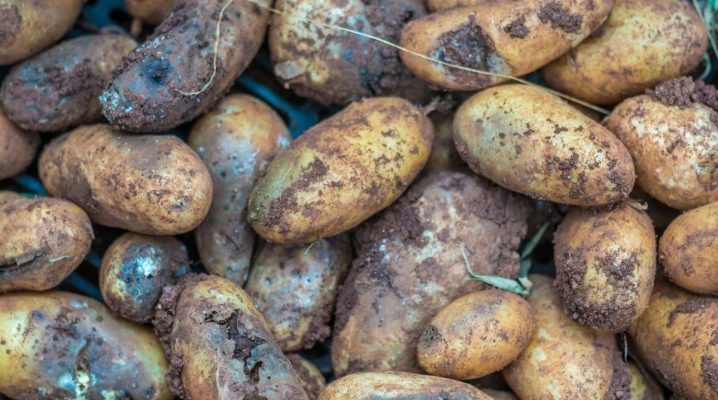
Potato rot after harvesting is a fairly common and unpleasant situation, especially since the gardener does not immediately detect it. There are several reasons for this phenomenon, and it is better to foresee them in advance, so that later you do not lose the harvest obtained by hard work.
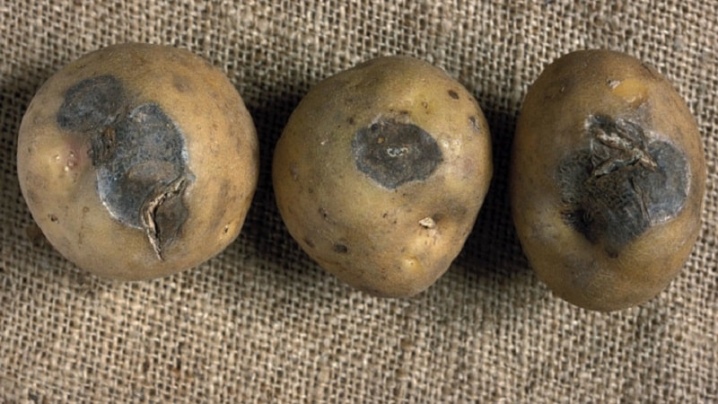
Potato varieties and their keeping quality
Not every potato variety can survive the winter with dignity. And this must be taken into account when choosing a variety for growing. So, early varieties are absolutely not suitable for long-term storage. They will not be able to lie down for a long time, they will start to deteriorate and rot. Another factor that directly affects keeping quality is the amount of starch in the tubers. The more it is, the better the potatoes will be stored.
It is recommended to choose varieties of late or mid-late ripening for storage. These potatoes will last until spring, of course, under the right conditions.
So, gardeners can recommend the following varieties.
- Scarlet. One of the most mature varieties, it can be stored until mid-summer. Late blight of tubers practically does not take it, as well as a number of viral diseases.
- "Nevsky". The most popular variety with excellent keeping quality, grown in all parts of the Russian Federation. She is capricious in her care, but the result exceeds all expectations. Practically does not suffer from fungal ailments.
- "Lasunok". Belarusian subtype, very popular in Russia. Incredibly delicious, it lies perfectly in cold rooms, almost no illness.
- "Gatchinsky"... A very good variety of potatoes, it lies for a long time, but the taste is average here. It can grow on almost any soil except too salty or heavy soil.
- "Pace"... This variety also belongs to the Belarusian selection. It is delicious and can be stored for a long time. However, when growing it, two points must be taken into account: the culture does not like excess nitrogen and can be affected by viruses. If you do not follow the rules of care, keeping quality will be low.
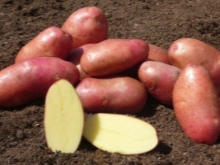
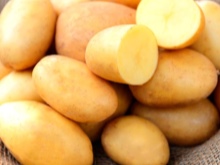
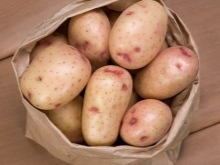
The keeping quality of potatoes of any varieties is negatively influenced by the following factors:
- constant rain and cold when growing;
- cultivation on heavy soil with an abundance of clay in the composition;
- excess or lack of fertilizing;
- late blight;
- wrong timing of harvesting (this can also include harvesting in rainy weather);
- sunburn (clearly visible on the green peel of individual tubers).
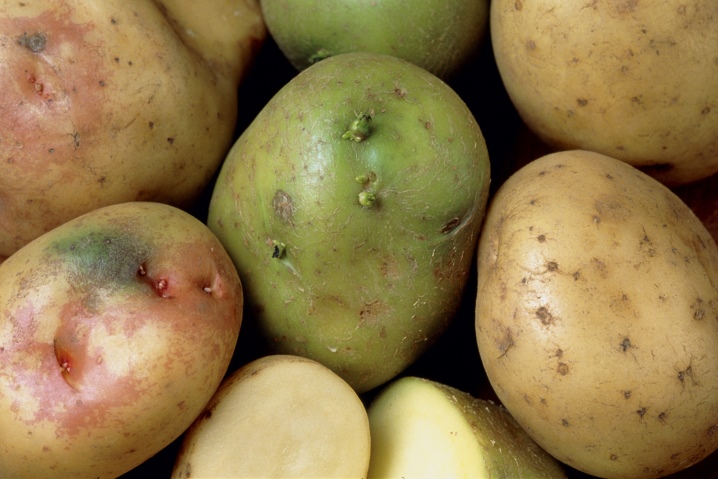
Diseases affecting spoilage
In addition to the incorrectly selected variety, all kinds of ailments that cause damage to tubers also add troubles to gardeners. It is worthwhile to familiarize yourself with the description of the diseases due to which potatoes can begin to rot in winter.
- Ring rot. A dangerous and insidious ailment, because until the potatoes are cut, it will not be possible to see it. It manifests itself in the form of a rotten ring around the perimeter of the potato, begins to develop even during the growth period. Affected potatoes quickly rot, spreading a suffocating smell around them.
- Phytophthora... A very common disease, often attacking late and mid-late potato varieties. It is easy to find it just by examining the tuber. If this is really late blight, then brownish, as if depressed spots will be visible on the potatoes.
- Fusarium... The second name of the scourge is dry rot. Infection occurs during the growing season, and an attentive gardener will be able to recognize it by its slow growth, wilting and brown color of the lower part of the stem. After digging, the tubers will be shriveled and soft, and if you cut them, the mycelium will appear.
- Blackleg. A very dangerous disease that often attacks potatoes in rainy summers. It is characterized by blackening of the stem, potatoes in the ground also actively rot. Inside it, whole voids are formed, filled with black rot.
- Brown rot... The danger of this disease is that it develops very quickly. You can notice it by drooping and twisted leaves, as well as the soft trunks of the bush. When the tuber is cut, the encircling brown rot will be visible.
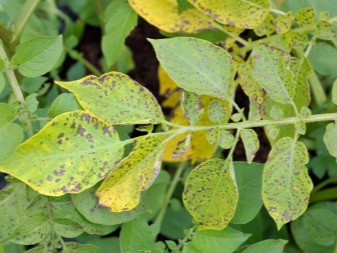
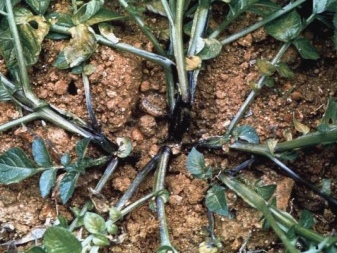
Unfortunately, it is no longer possible to defeat the disease discovered immediately after harvesting the potatoes. We'll have to limit ourselves to creating the right storage conditions and completely sort out the crop. All diseased specimens are removed. Even the potatoes that were at a distance of 0.3 meters from the patient will have to be taken out.
It is necessary to fight the ailments that cause rotting of tubers even at the planting stage. So, before planting potatoes in the ground, the tubers are treated with special preparations. For example, it could be "Fitosporin" or "Baktofit". Such means will protect plants from fungi and bacteria, and increase their resistance.
If there have already been precedents, then it is better to carry out preventive measures during the growing season. To prevent late blight and other types of rot, for example, spraying with Bordeaux liquid will allow. She is also used to treat bushes. In addition to her, there are many strong fungicides. One of them - Planriz.
In addition, potato tubers must be processed before being sent for storage. You can take funds such as "Fitosporin-M", "Fitodoctor", "Antignil"... They are bred according to the instructions, and then the roots are sprayed with a spray bottle. After processing, the potatoes must be allowed to dry completely.
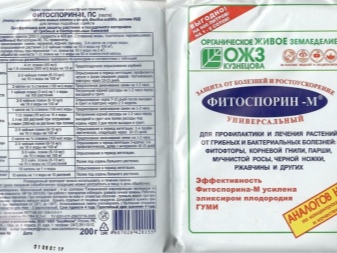
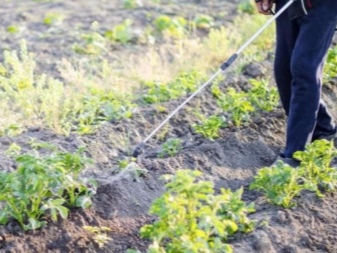
Violation of storage rules
Potatoes rotten from the inside are always an unpleasant surprise for a summer resident. And it will be even more unpleasant if it turns out that he himself was the cause of such a defeat. After all, potatoes can easily rot if you provide them with the wrong storage conditions.
You can store potatoes in several places. Here are the most popular solutions.
- Cellar... Before carrying the tubers to the cellar, you need to prepare the space. Be sure to take salt (150 grams), lime (2 kg), copper sulfate (1 kg). The ingredients are mixed and then dissolved in a 10 liter bucket of water. The resulting product is used to whitewash the walls and ceiling, and twice. And you also need to make sure that the ventilation is working properly.
- Balcony... Potatoes can also be stored on the balcony, but it must be insulated. The tubers are put in a cloth bag, placed in a small wooden or plastic box. Next, the box with potatoes is placed in another, larger one. The space that remains between the walls is covered with a warm cloth.
- Pit... This technique is available to owners of their own suburban area. A hole is dug in the ground, the bottom of which is covered with straw. The hole is about 150 centimeters deep. Potatoes are carefully folded onto the straw, covered with the same material on top, then buried.
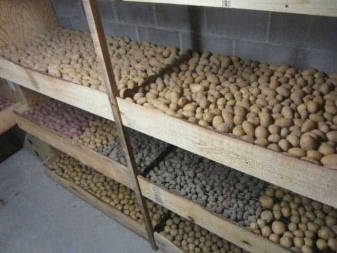

In order for the potatoes to be preserved and delight with excellent taste, they also need to be prepared for storage. To do this, he must go through two stages of preparation.
- Drying... In no case should you put wet tubers in storage, because this is a 100% guarantee of spoilage. Having dug up potatoes, they are left right in the garden for a couple of hours, if necessary, they are treated with drugs. Then they are taken to a room where the humidity will be about 96%, and the temperature does not rise above 15 degrees Celsius. There root crops have to lie for 14 days, then they must be examined and sorted out, removing the sick.
- Cooling... Not a single variety of potatoes will be kept warm, and therefore the temperature should be low. But it must be reduced gradually, by about a degree in two days. It is necessary to achieve that the temperature is 1 degree Celsius. In this case, the humidity should be equal to 90%.
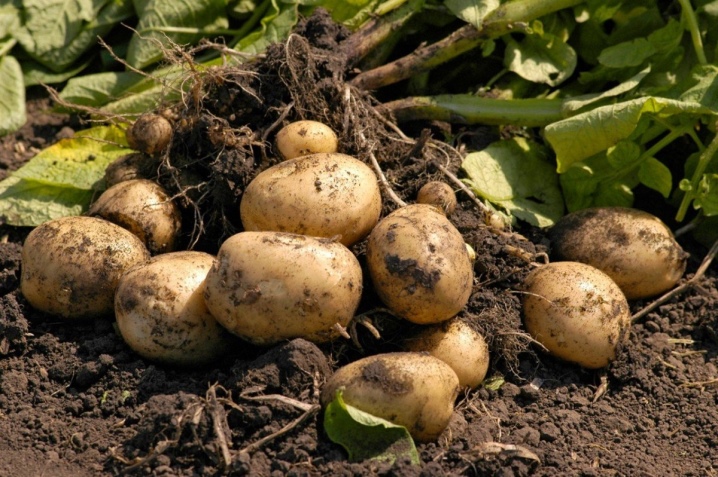
Summing up, the following violations of potato storage can be distinguished:
- ignoring the preparation of the room;
- storage in warm or too cold places;
- decrease or increase in humidity levels;
- lack of sorting, drying, cooling;
- finding diseased tubers next to healthy ones.
In addition, potatoes should be stored in boxes, they can be either plastic or wooden. If you put the tubers in bags, then they will definitely rot.
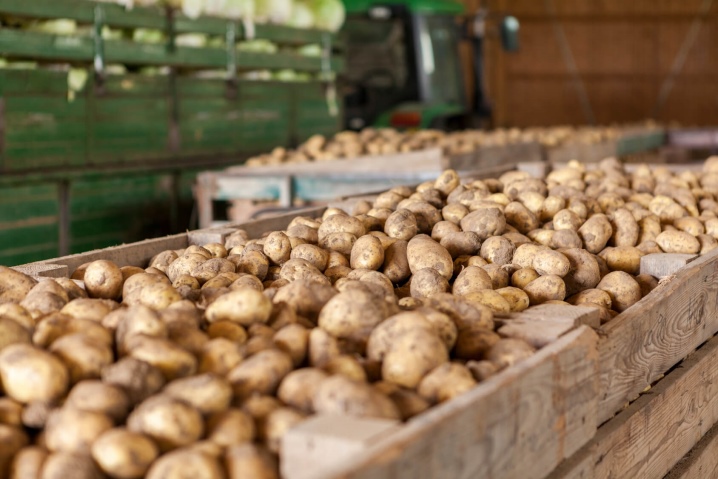
Prevention measures
It is not at all difficult to prevent potato rotting from the inside, for this you just need to remember about some preventive measures:
- choose varieties with the correct ripening dates, as well as those that are zoned for your region;
- do not plant tubers with signs of the disease, carry out pre-sowing treatment;
- grow potatoes in light soil, not forgetting the rules of crop rotation;
- dig up bushes with signs of visible damage in a timely manner;
- do not be zealous with nitrogen;
- cut the tops 14 days before digging;
- collect carefully, with processed tools and only in dry weather;
- do not mix different varieties after digging;
- adhere to the correct temperature and humidity regime during storage;
- To absorb excess moisture, put a small amount of beets, fern or rowan leaves in the boxes of potatoes.
Important: potatoes affected by rot should not be eaten in any case, even if the damage is partial. The same applies to green tubers.
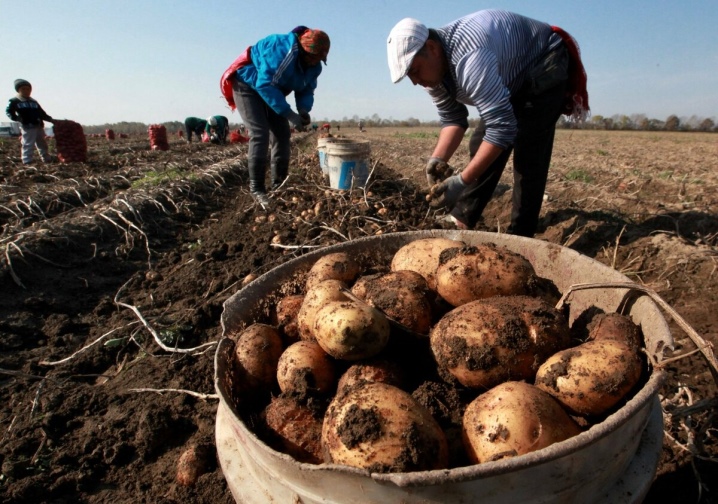










The comment was sent successfully.